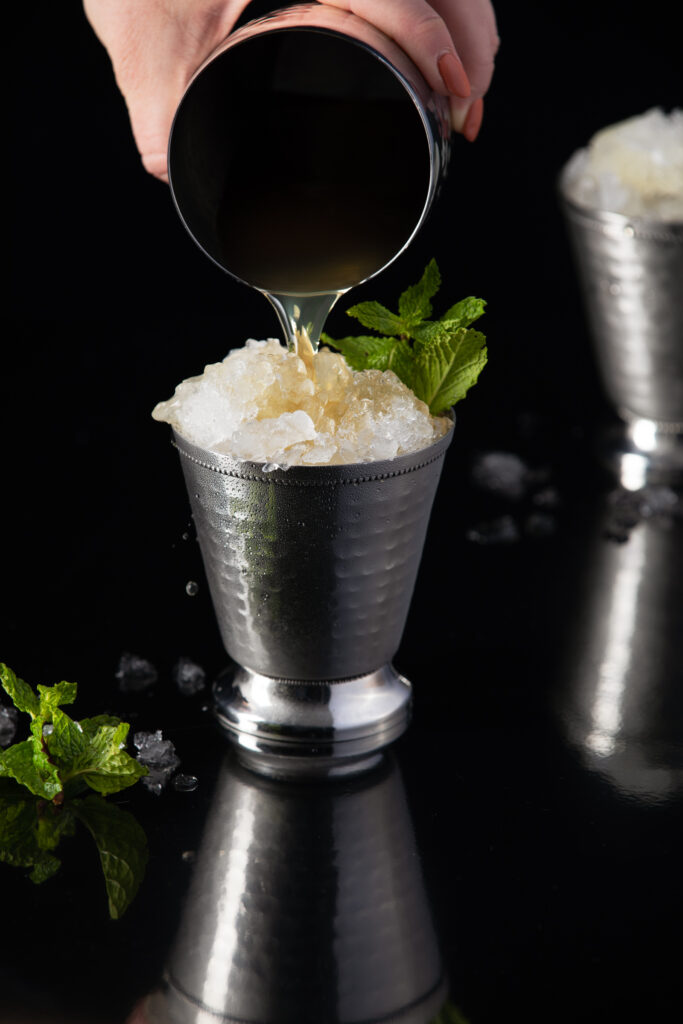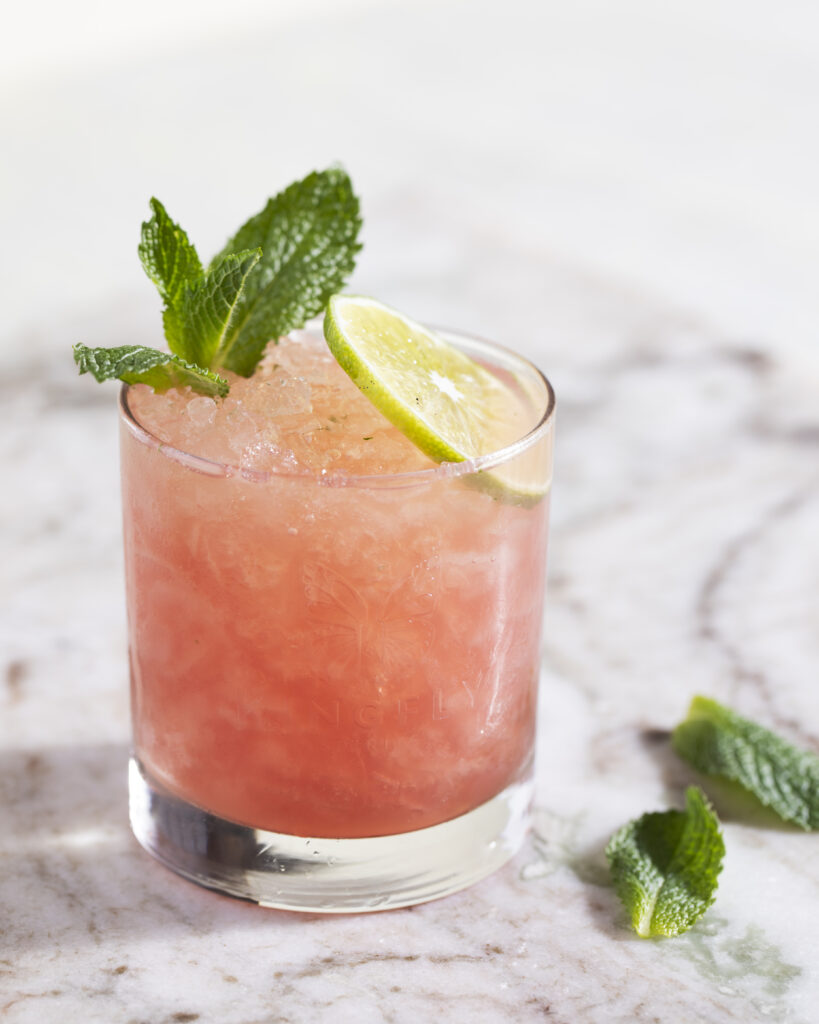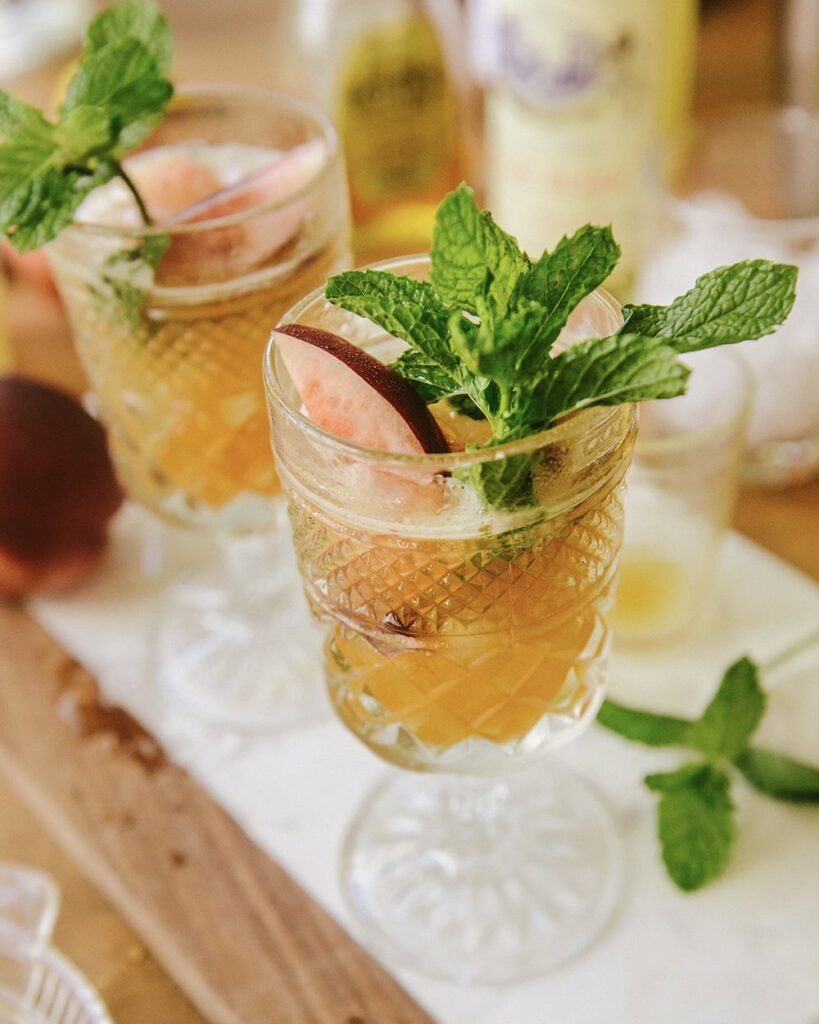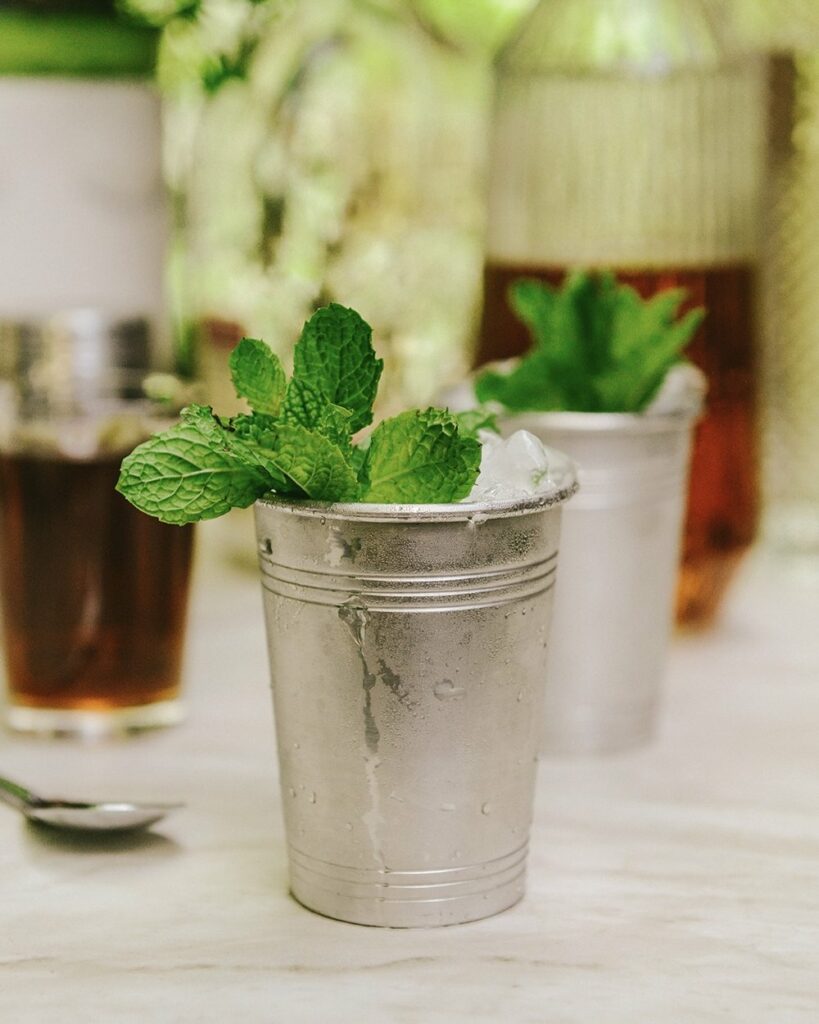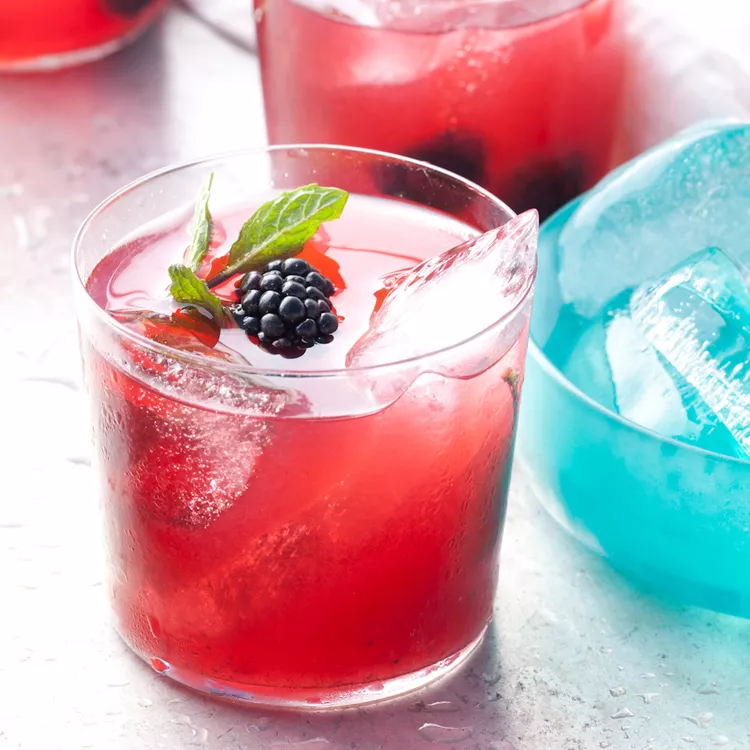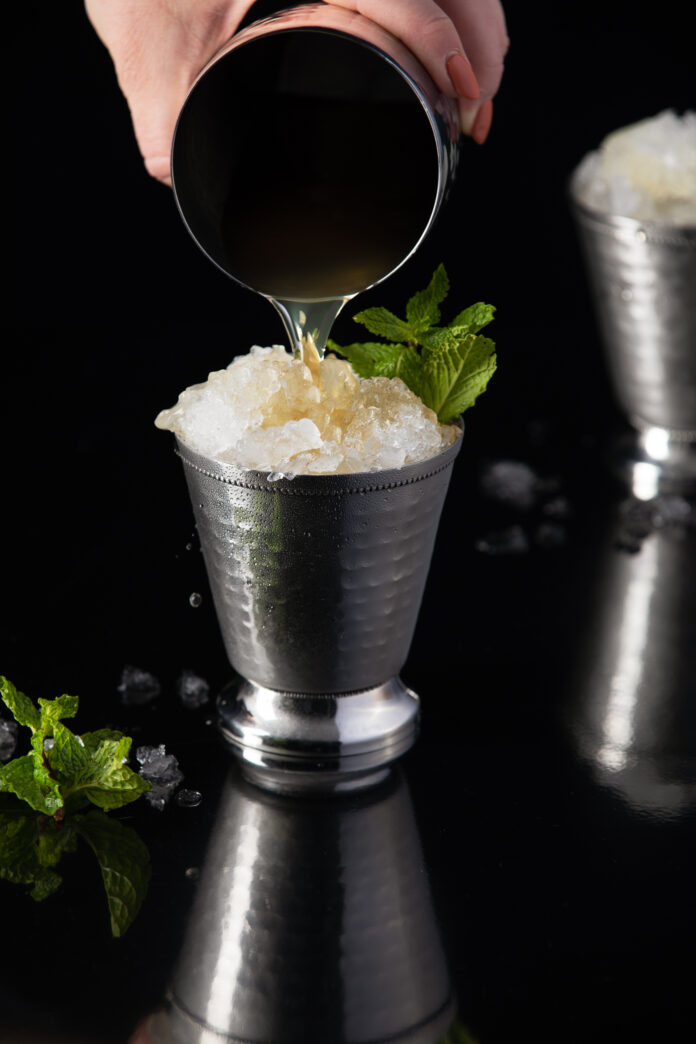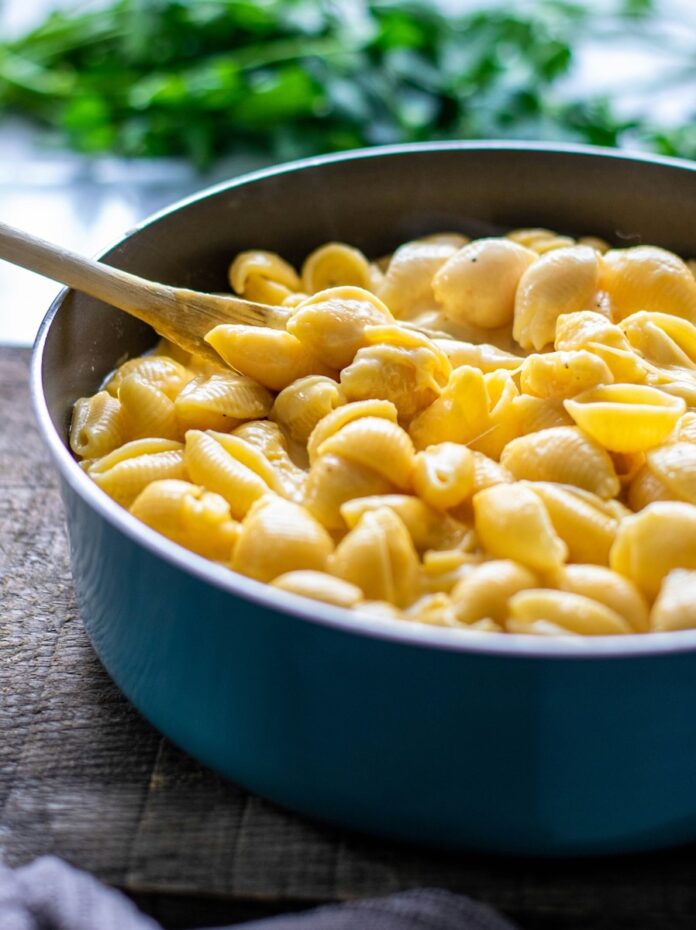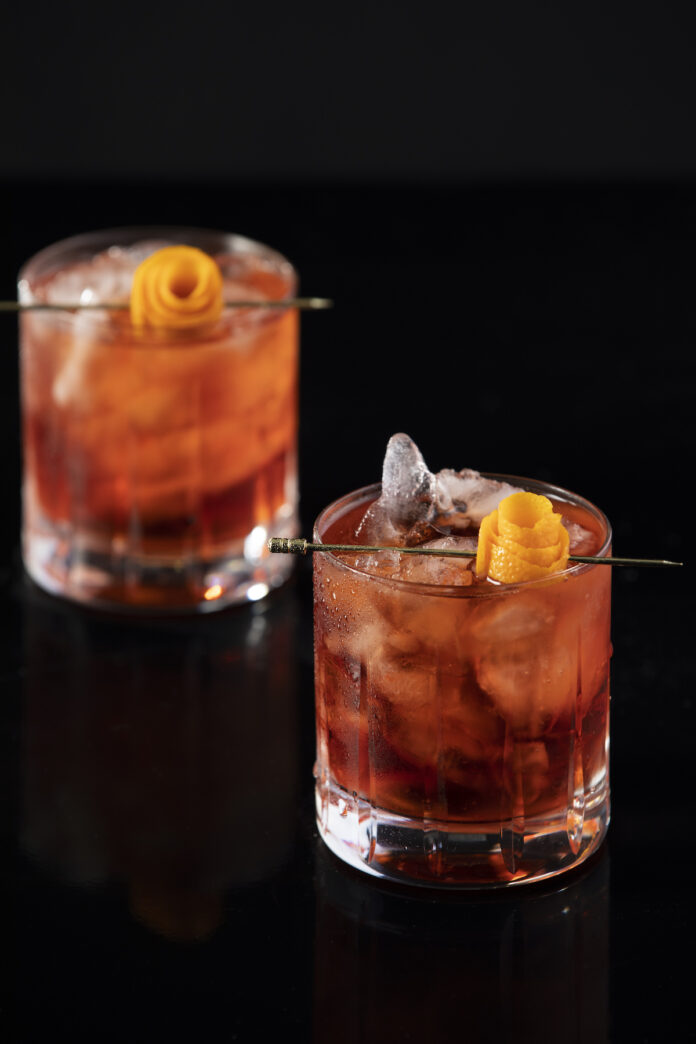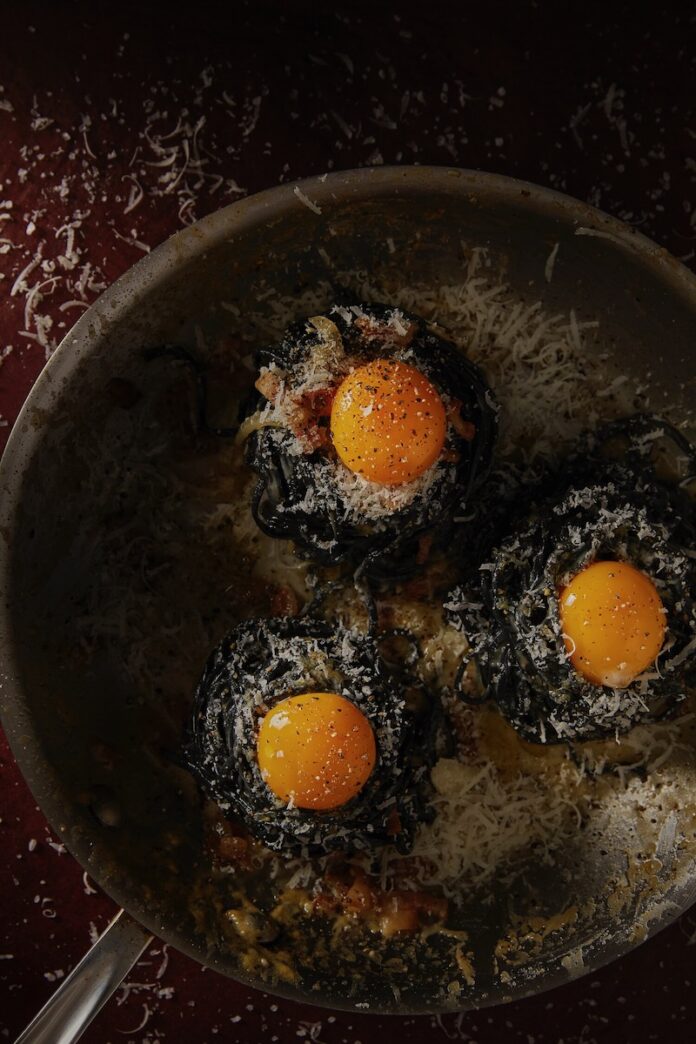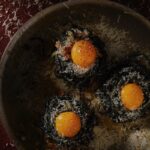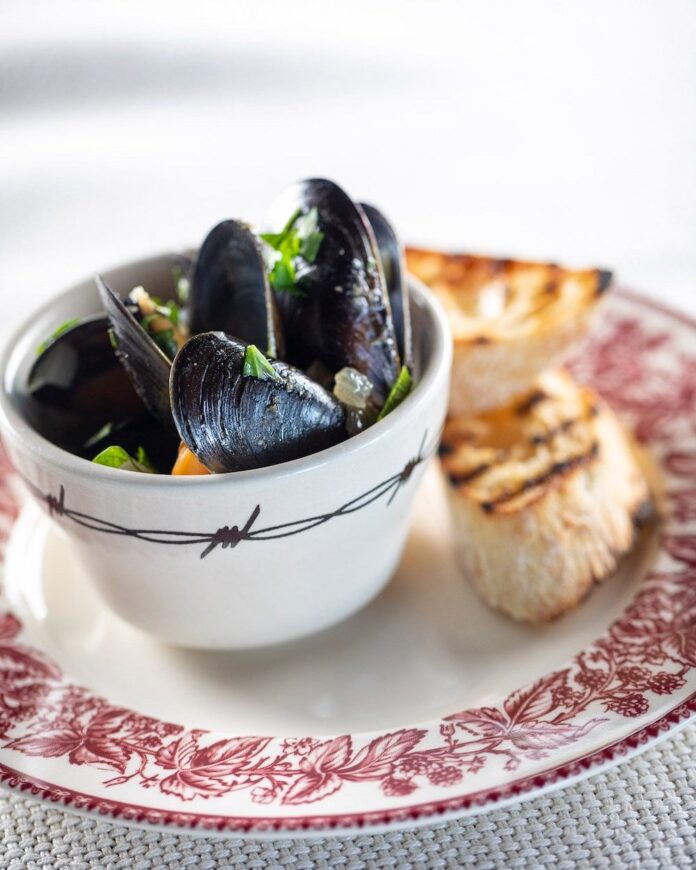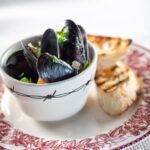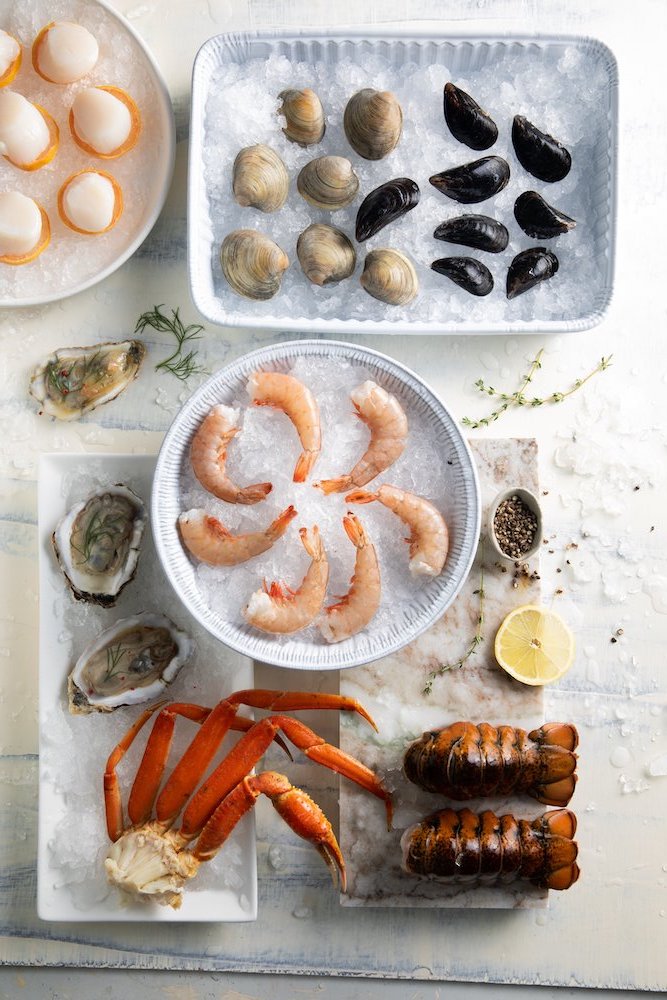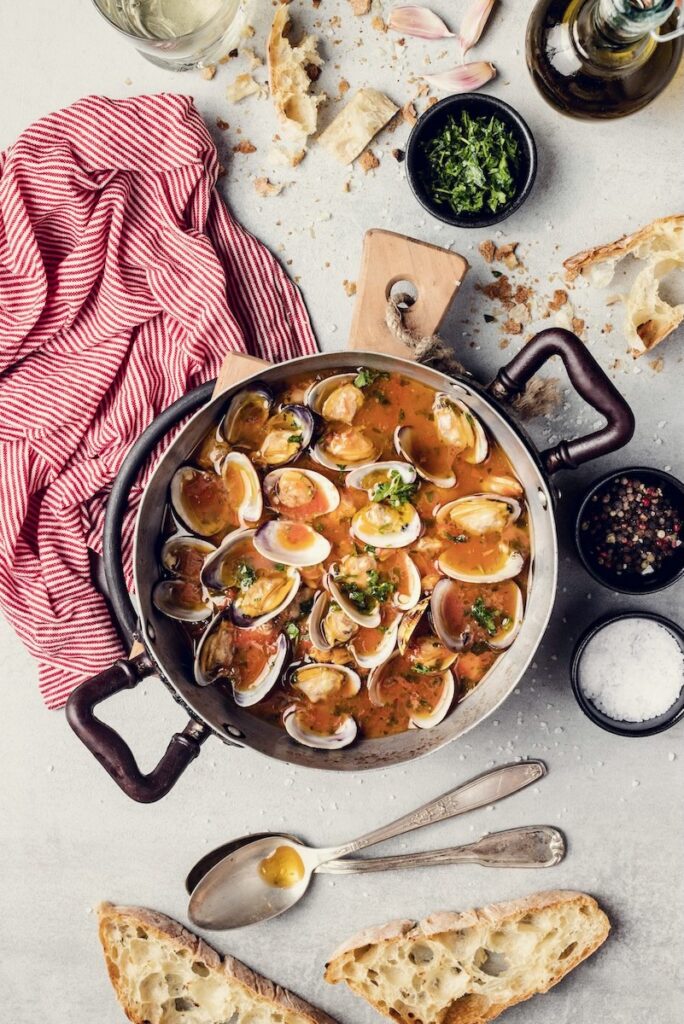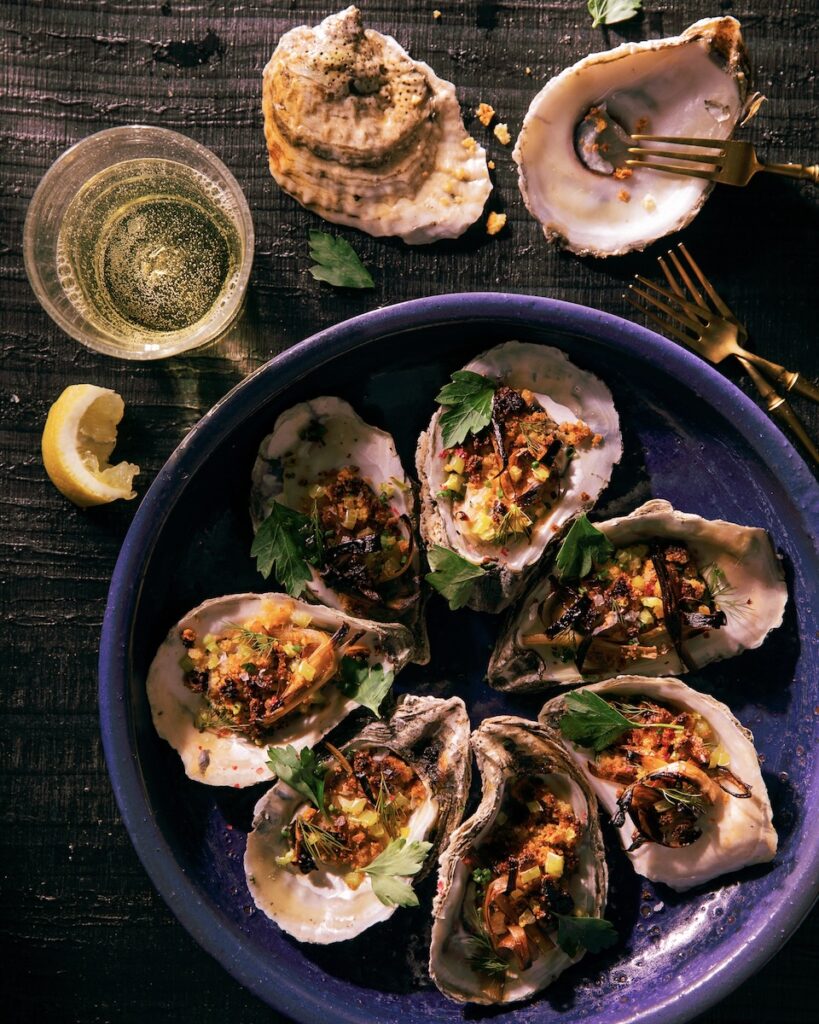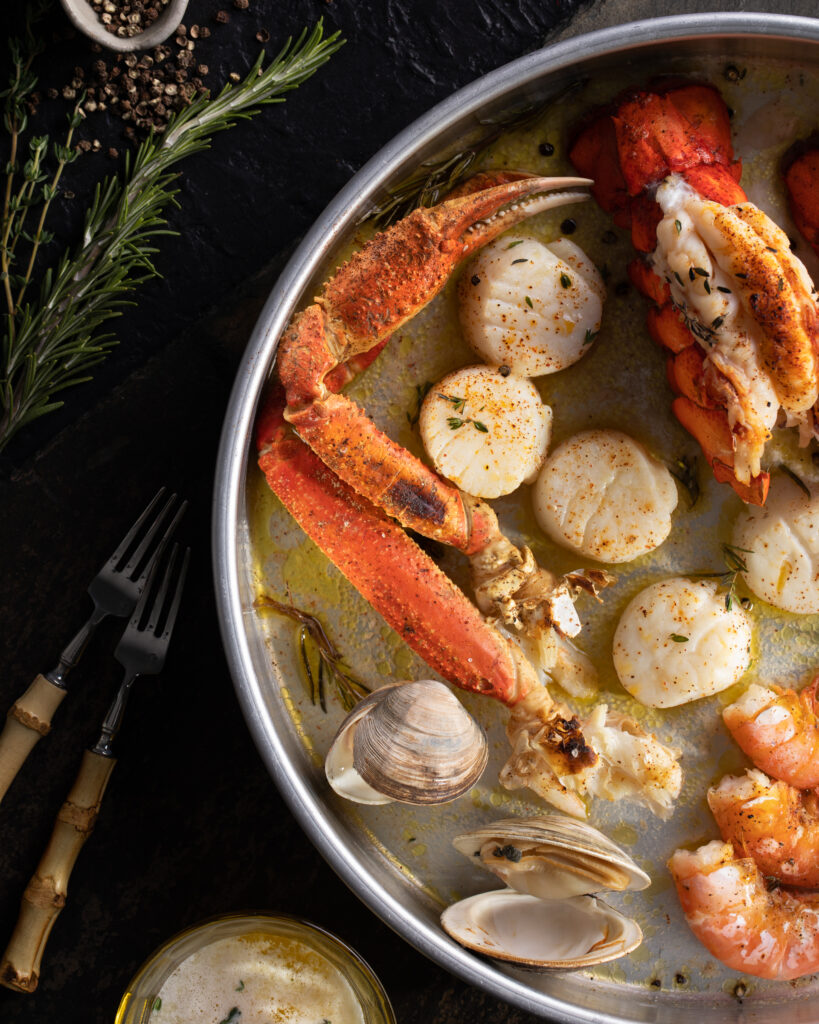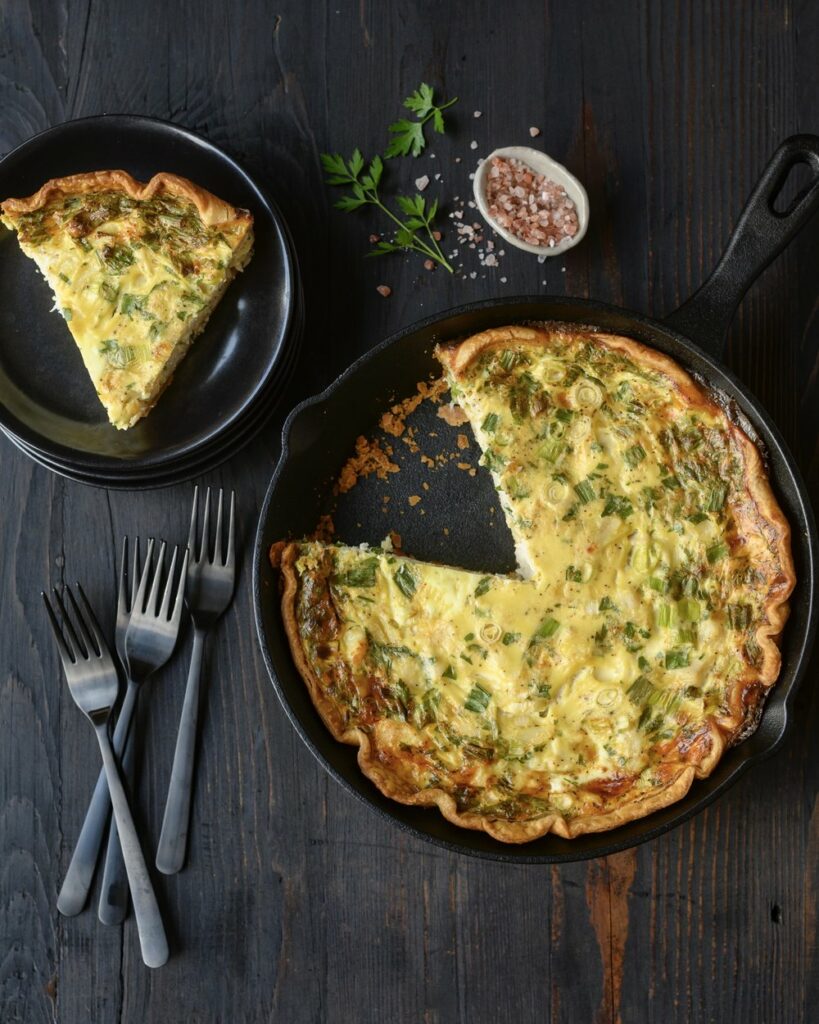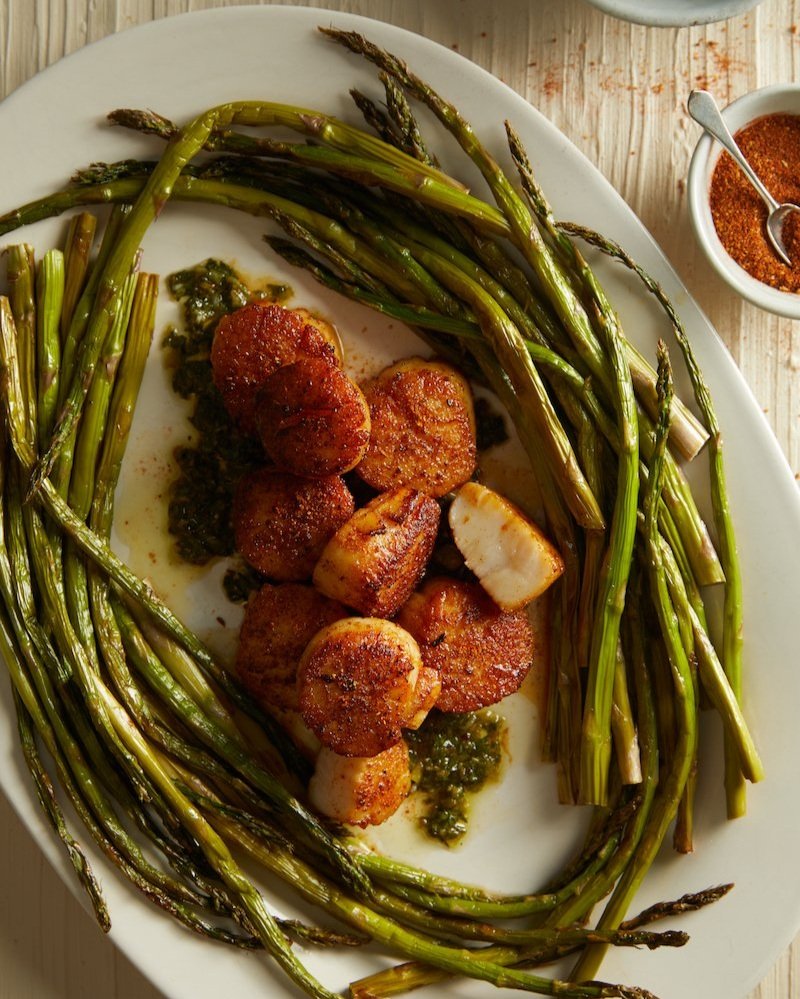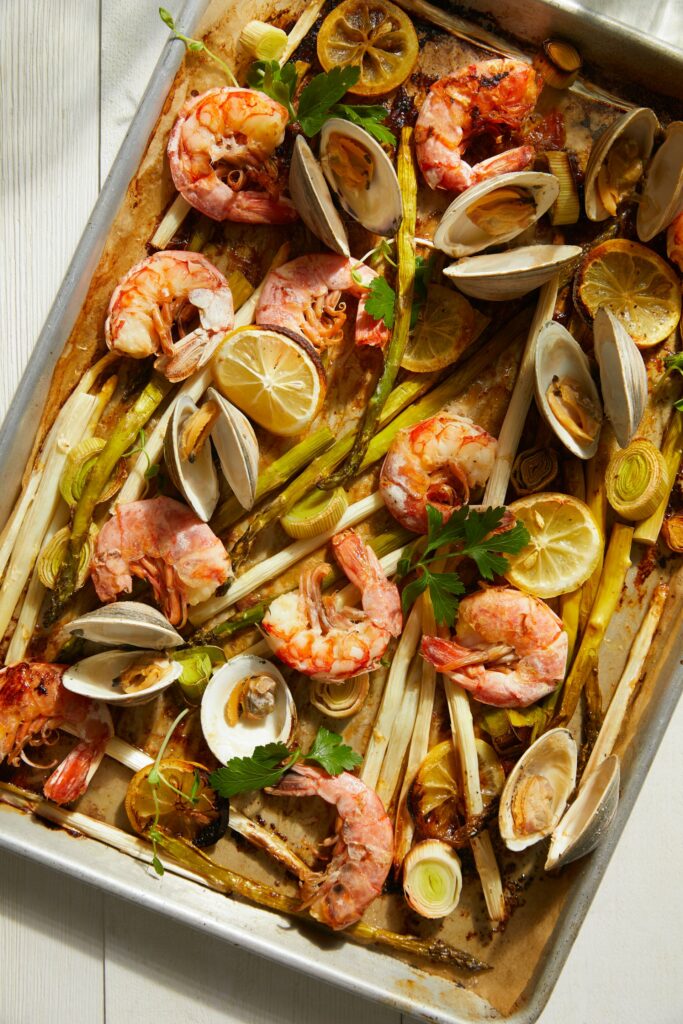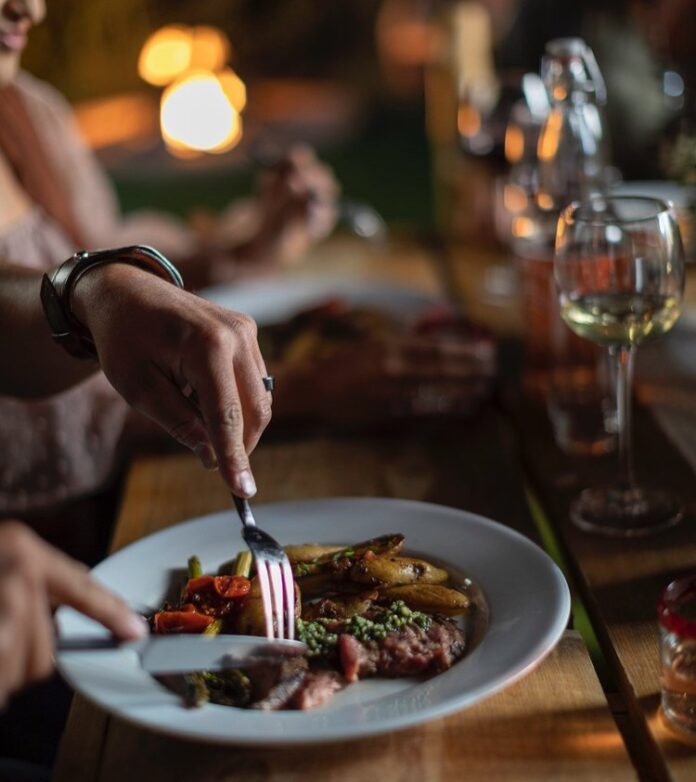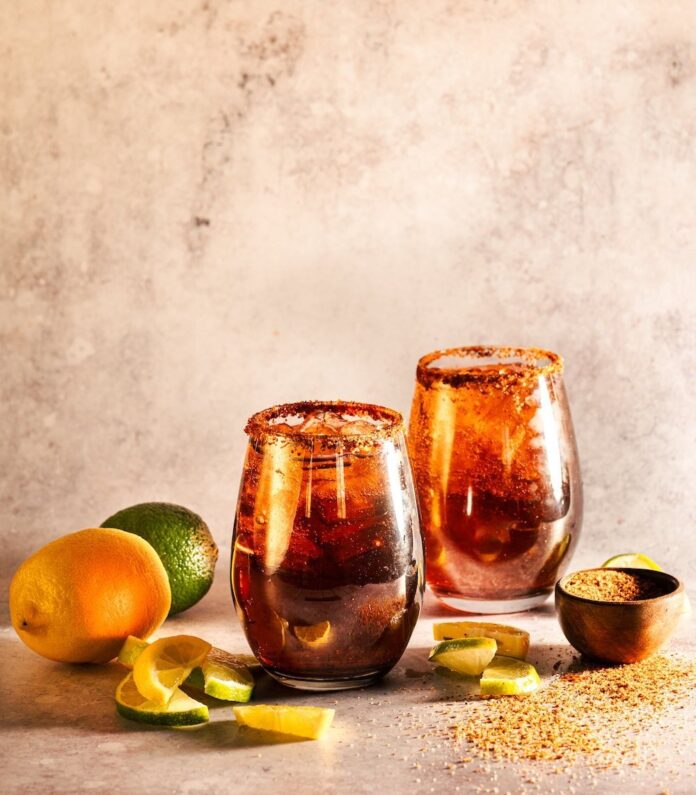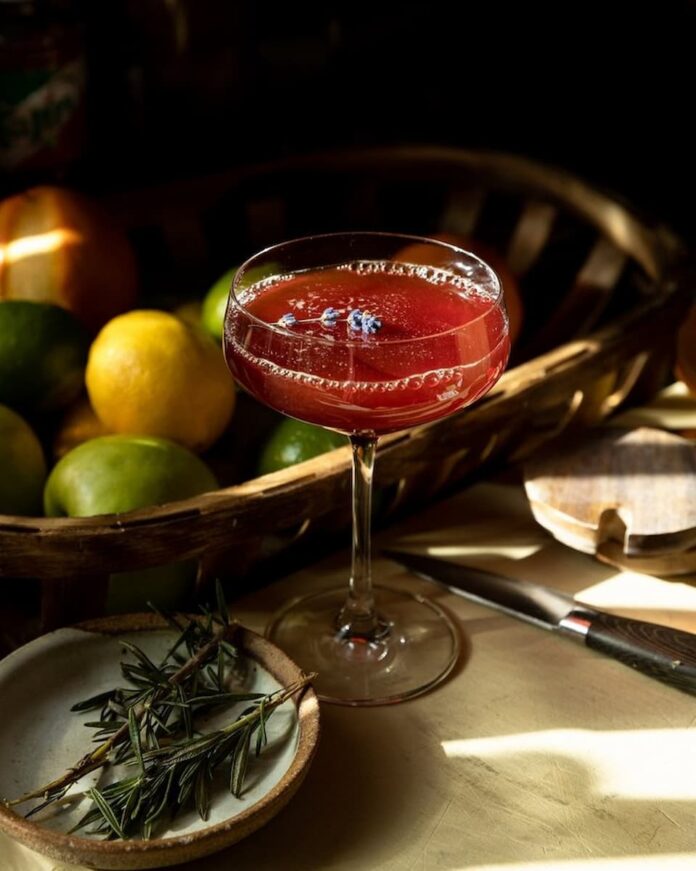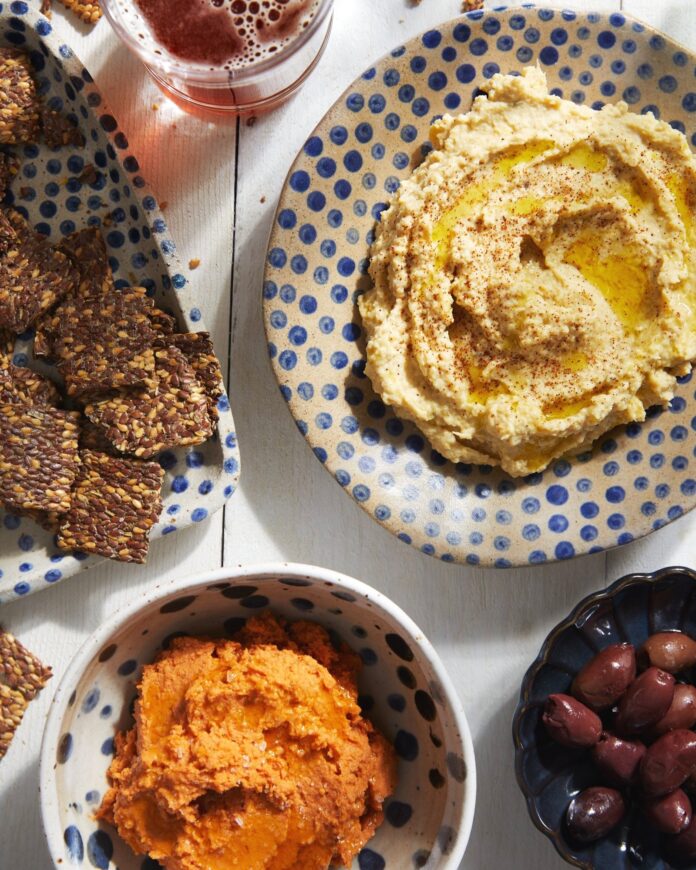The Negroni is a true liquor lover’s cocktail. It’s potent, no mixers, no teeny-tiny ingredient proportions, just vermouth, Campari, and gin. It can be the harbinger of a wicked hangover or the progenitor of a wonderfully free conversation—possibly both! It’s the perfect apéritif, and a hearty meal afterward often balances out the potential for inebriation. To make a good Negroni requires that you tame multiple spirits together. You risk it becoming a sort of alcoholic soup if you don’t stir it enough or if you mess up the proportions. It’s simple and classic, but also the kind of drink one can obsess over perfecting.
What Makes the Perfect Negroni?
Spirits Beacon calls the Negroni “a booze layered on booze combination that would have sunk Henry VIII.” It is not for the faint of heart, and whether the bartender can make one for you is often an indicator of what kind of bar you’re at. (I once made the dire error of ordering a Negroni at Mario’s, a college bar chain in Pittsburgh. The bartender laughed in my face and said they didn’t have Campari.) But the Negroni can be something of the dividing line for a quote-unquote fancier bar versus a “shot and a beer” bar. Nonetheless, it’s a popular drink at dive bars, too, because nobody faint of heart about liquor is at a dive bar.
Many have capitalized on the Negroni’s popularity to try to argue that a “Bourbon Negroni,” a “White Negroni,” or a “Mezcal Negroni” are still a “Negroni” despite being different combinations of spirits. You can get into something of a Ship of Theseus debate about the Negroni. The Ship of Theseus thought experiment asks that if you replace all of ship’s parts (as you must, over time) and rebuild it looking roughly the same, is it the same ship or a new one? For a bartender, you might ask: What makes a Negroni a Negroni? When does it stop being a Negroni?
VinePair argued that the Negroni has transcended being a thing to the point that it is now a “vibe.” In the early aughts, in other words, if you made something that sort of resembled a Negroni, it was a Negroni.
Where Does the Negroni Come From?
But first, what is the original Negroni? The story of the Negroni comes, as many cocktails do, from one consumer’s desire to have a stronger drink. The “Americano” was a hugely popular drink among American soldiers in Italy during World War I that used Campari, sweet vermouth, club soda and a lemon twist. This drink was a variation on the Milano Torino, which used equal parts Campari and sweet vermouth, but the American version got a bit more clarity when Count Camillo Negroni saw what the Americans were drinking and guffawed that he wanted something stronger. So, Fosco Scarselli, a bartender at Caffé Casoni in Florence added Campari and sweet vermouth. One has to wonder if perhaps the drink should be called a Scarselli, but we digress.
As with almost every piece of culinary history, there’s lengthy debate about who exactly created the Negroni and whether Camillo Negroni ever even existed at all. But, regardless of who made the first one, the Negroni took off in 1947 when Hollywood star Orson Welles enjoyed it and commented “The bitters are excellent for your liver, the gin is bad for you. They balance each other out.”
Equal Parts
What makes a Negroni a Negroni is the “equal parts” aspect of the original recipe, says bartender Jason Renner, who has made countless Negronis over his years at Italian restaurants. It’s 1oz Campari, 1oz gin, 1oz sweet vermouth. That’s it. According to Renner, once you stray from those proportions, you are no longer serving a Negroni. “A Negroni stops being a Negroni the second you deviate from that path. If there’s no Campari in it, it is not a Negroni,” Renner said. He sighed with the existential weight of a man who’s made many White Negronis, which use Lillet Blanc and Suze in place of Campari and sweet vermouth. “The Frankenstein’s monster that is a ‘White Negroni’ is a travesty. It’s not a Negroni. I’ll make it, I’ll take your money, it’s not my place to judge. If you want it, I’ll make it for you. But a Negroni is a Negroni.”
Typically, you serve a Negroni over ice, though you can serve it straight up. The key with a straight Negroni is to chill it so that the ingredients can settle. Some of the most popular variations or “riffs” on a Negroni are the aforementioned White Negroni, the Espresso Negroni, the Negroni Sbagliato, and the Kingston Negroni. Each of these has their own quirks. The Sbagliato means “broken” and allegedly originates from a bartender mistakenly pouring prosecco in instead of gin. Customers apparently liked it! The Kingston Negroni uses Jamaican rum. Renner has even made his own variation, which he calls the “Negronish,” with Fernet Branca instead of Campari. “Negronish brings a little hint of menthol to the party—you’re getting what the Negroni was, but not exactly the same,” he said.
The Negroni is a Vibe
But why do bars keep trying to reinvent the wheel with the Negroni? Maybe, as VinePair suggested, it’s for the vibe. Americans like to imagine the decadent elegance of an Italian cocktail, similar to the Aperol Spritz. Negronis were also a key part of the cocktail renaissance of the early aughts, when American consumers started thinking about “craft” cocktails. Calling something a Negroni elevates it slightly, giving it a more mysterious feeling than just a White Vermouth Cocktail.
Negroni Week, a yearly marketing campaign to raise money for charity, also contributes to mass production of Negronis. “People also just get bored and need to make content,” Renner said. He described the “Mr. Potato Head” technique of mixology, where you swap out different parts of a cocktail in order to create a new whole. And while there’s nothing wrong with that, the Negroni’s beauty is in its simplicity.
In working on this story, I made it a point to order a Negroni every time I went out for drinks, to see what variation you could get just within that proportionality of spirits. The best Negroni I had in my “research” was, unsurprisingly, at an Italian restaurant, where they made it strong, with a base of ice that let the flavors shine but didn’t water them down. The Campari and the vermouth need to be able to play off each other, and in a poorly stirred Negroni, they lose their character.
Batching Your Negroni
What Renner recommends for the perfect Negroni is London dry gin, Dolin Rouge vermouth, and Campari. If you’re curious about the Negroni, a great way to keep the proportionality is to batch it, he said. “Buy a 750ml bottle of Campari, 750ml bottle of London Dry gin, and 750 ml bottle Dolan Rouge. Then, put it all together in a pot, and put it in in a funnel. There, you have it. It’s still equal parts. You can take a bottle of batched Negroni, pour it in a rocks glass over ice, start making dinner, and just let it sit there.”
Renner doesn’t want people to feel like they can’t make variations on the Negroni. But you need to allow a cocktail to shine on its own terms, not ride the coattails of another drink. “I’m not discouraging people to play. Play with the formula. It’s there. But just call it something else. If you make cacio e pepe with American cheese, is it cacio e pepe? The Negroni is an institution that I will defend because it’s been around for so long,” Renner said. There’s plenty of room for innovation out there, but some things are worth protecting.
Story by Emma Riva
Photography by Dave Bryce
Subscribe to TABLE Magazine‘s print edition.

